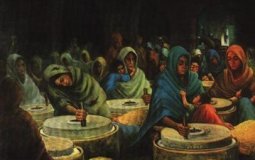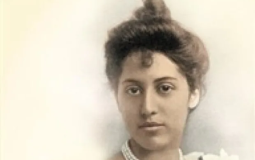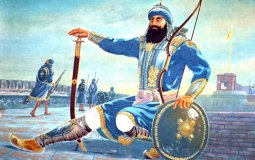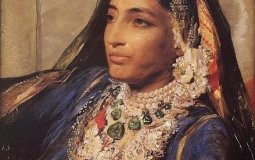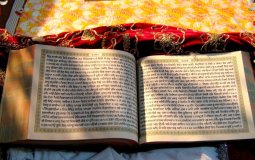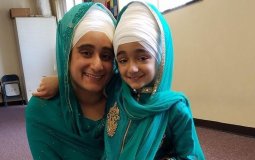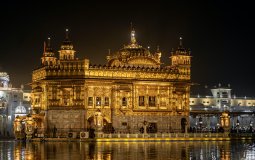When a Kaur discovers or shapes herself, she finds connection within a community. This process helps her develop as a unique individual with her own physical appearance, personality, and beliefs.
Sikh women suffered and worked while being held captive with their small children. Giani Gian Singh[viii] claims, "They were made to grind maize while incarcerated. Many received brutal whippings.A maund and a quarter of grain was provided to each detenus to mill in a single day.
From pampered princess to champion for women's rights, Sophia’s transformation was fueled by a tumultuous family history. Her sister Bamba's thwarted dream of becoming a doctor ignited the spark.
The Sikh community, known for its rich history and vibrant culture, has been marked by remarkable people who have shaped its narrative.
In 1861, Maharani Jindan Kaur, the last Sikh queen of Lahore, strolls through Kensington Gardens in London.
Women, their struggles, and their unique perspectives have always held a distinct place in our world.
In the Khalsa Panth, Mata Bhag Kaur ji (Mai Bhago)is remembered with great reverence. Mata Bhag Kaur Ji teaches us to go beyond just caring about stuff and become someone that history will always remember.
Kaur Kaur Kaur is my name (tap chest 3 times with hand open)
When Hurricane Katrina hit New Orleans, a devoted Sikh named Ranbir played a crucial role in saving the Guru Granth Sahib
The demand for allowing baptized Sikh women to perform kirtan and seva inside the sanctum sanctorum of the Golden Temple sparked controversy in 2008.


